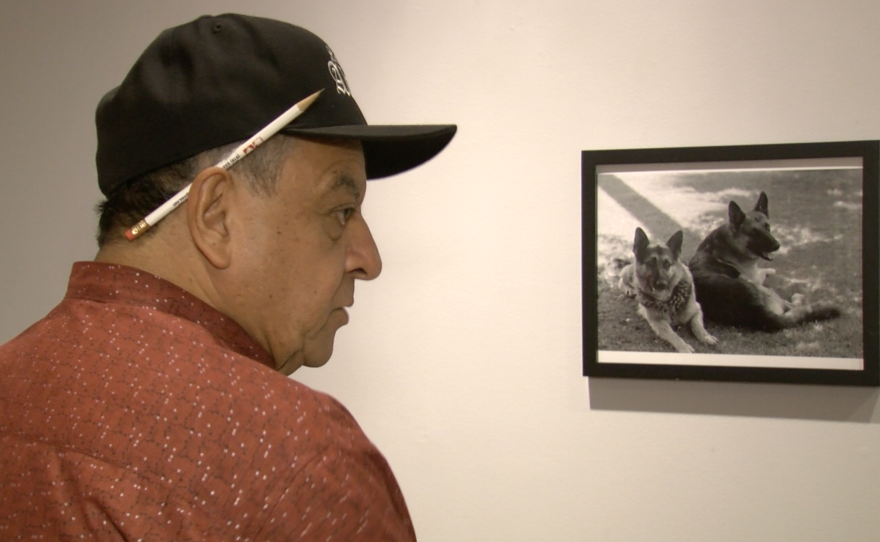A new photo exhibit at the University of San Diego pays tribute to the farmworker movement led by Cesar Chavez at another turning point for the state's agricultural laborers, as they secured overtime pay this week for the first time ever.
The photographer is Carlos LeGerrette, a San Diego native who worked as an assistant to Chavez. He said the exhibit, which opened Friday, commemorates farmworkers' efforts to secure better working conditions over the years.

"We were the underdogs, and we prevailed," LeGerrette said.
Coincidentally, Gov. Jerry Brown signed a bill to give farmworkers overtime pay for the first time in the state on Monday. LeGerrette said it's about time.
"They're the lowest of the lowest-paid workers," he said. "The irony is these are the workers who put food on our table, but don't have enough food for their tables."
The photo exhibit includes a timeline showcasing milestones in the California farmworker movement between 1927 and 2000.
"We won every time," LeGerrette said, recalling boycotts and beneficial policy changes, such as the 1975 Agricultural Relations Act giving farmworkers the right to organize.
Some of the photos in the exhibit have never been released before.
"These have basically been sitting in a shoebox for 43 years. Now it's bringing them out and baptizing them," he said.
LeGerrette became a sort of informal photographer to Chavez because so many people wanted to take their pictures with the civil rights leader. Chavez lent him his own Nikon and told him to learn to take pictures quickly — so fans would stop making them late to important meetings.
"I learned to shoot very fast," LeGerrette said.
The photos provide an insider’s look at the farmworkers’ movement in San Diego and other cities.
One photo shows two German Shepherds — Boycott and Huelga (Spanish for strike) — who provided protection to Chavez and his crew from sometimes aggressive opponents.
LeGerrette recalled feeding the dogs homemade organic hominy. Chavez, LeGerrette and the other members of United Farm Workers practiced healthy, farm-to-table organic eating back then — long before it was fashionable.
The exhibit also features more iconic images, such as one of Chavez and his wife, Helen, dancing on her 50th birthday.
“Helen’s the glue, or was the glue to the movement," LeGerrette said.
The exhibit will run through November 18 at the Joan B. Kroc Institute for Peace and Justice. LeGerrette will discuss the exhibit Nov. 10 on campus.







